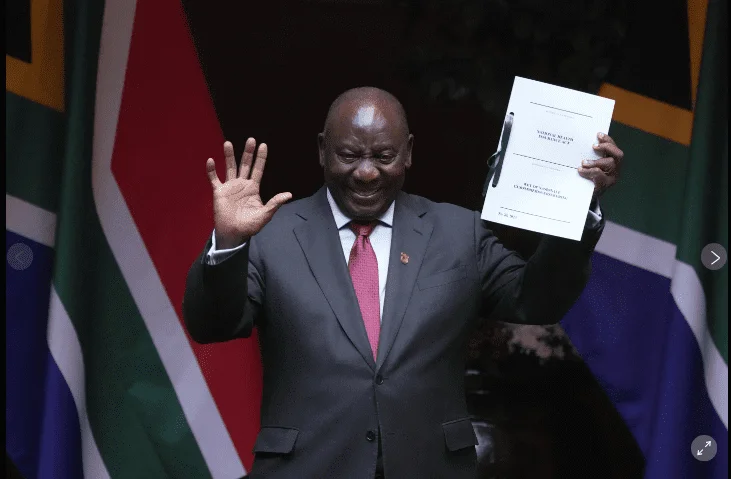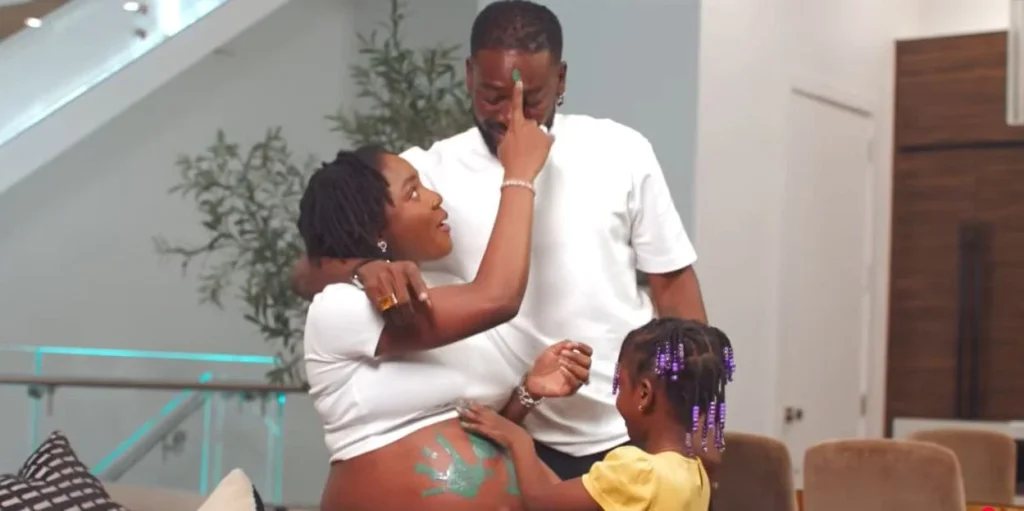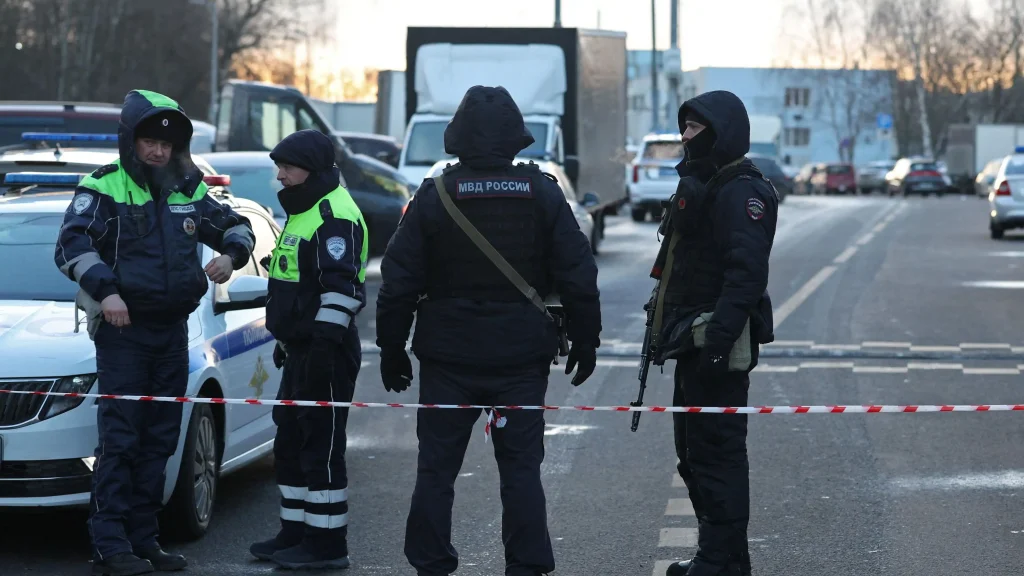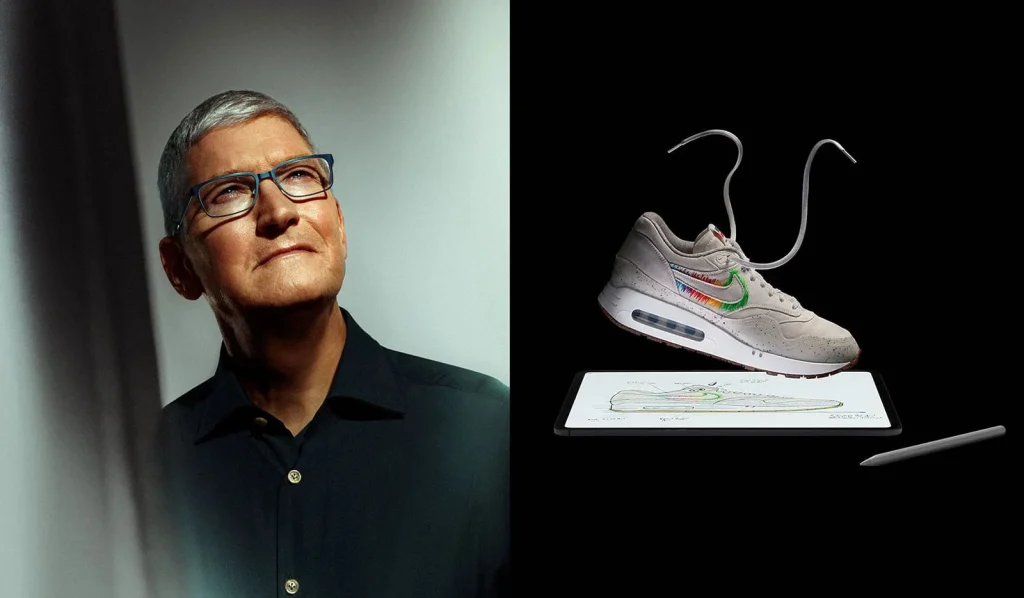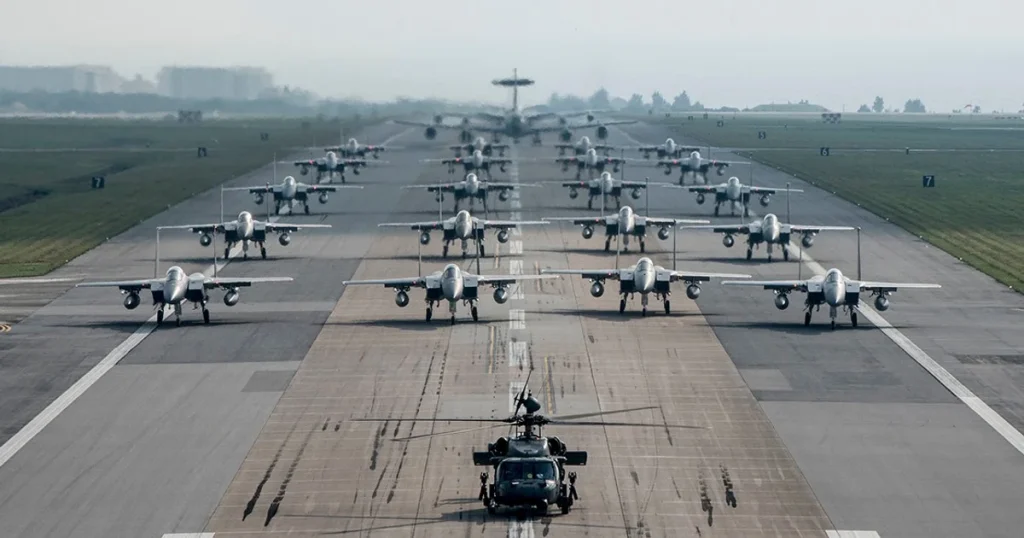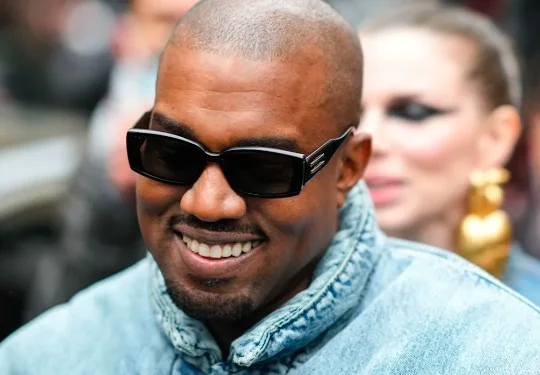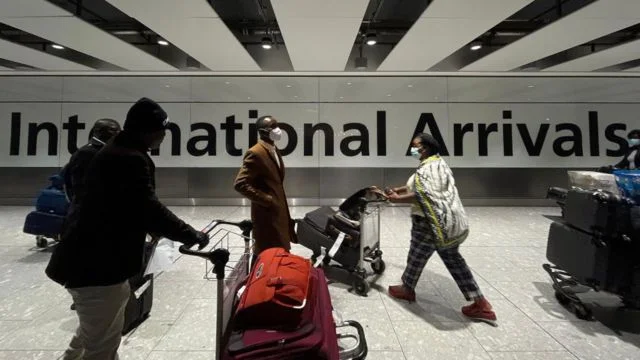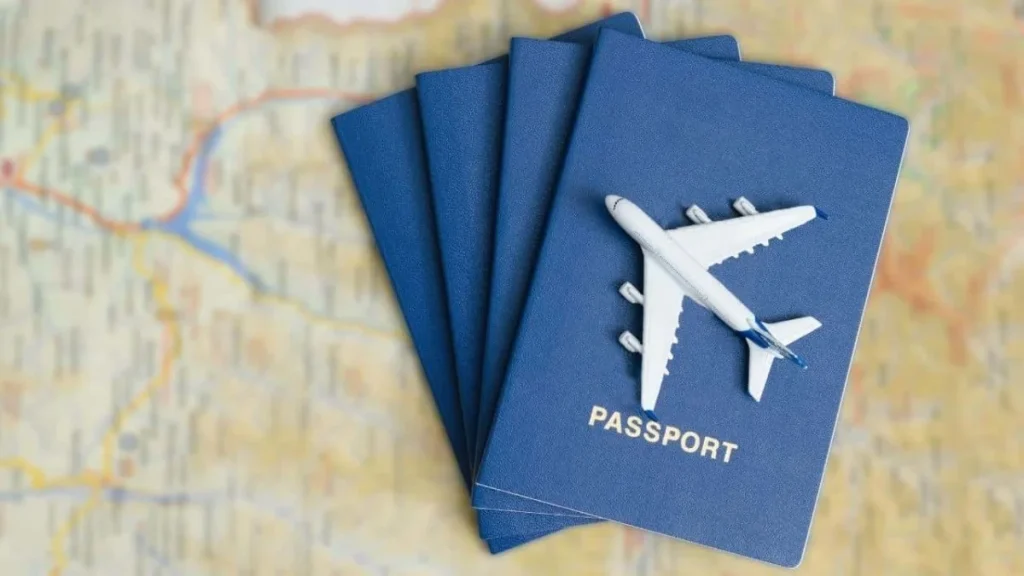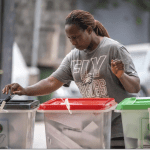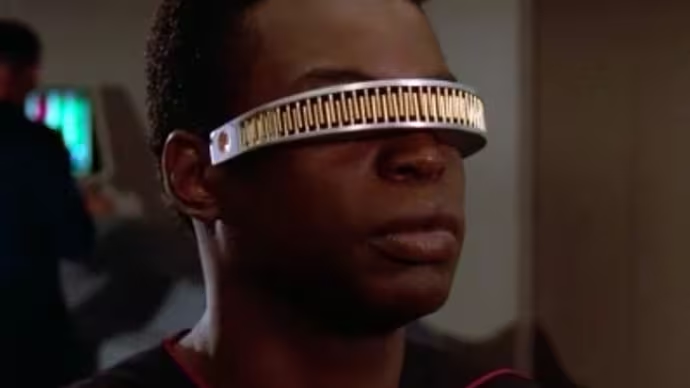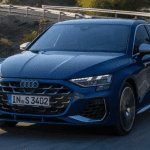South African President Cyril Ramaphosa has announced the formation of a new Cabinet that includes representatives from seven different political parties, marking a historic power-sharing arrangement in the country. This shift comes after the African National Congress (ANC) lost its parliamentary majority in a pivotal election held in late May, altering the political landscape in South Africa for the first time in nearly 30 years.
The announcement, made on Sunday night, signifies a major departure from the ANC’s long-standing dominance, which has persisted since the end of apartheid in 1994. The newly formed multiparty Cabinet is the result of a month of intense negotiations between the ANC and the Democratic Alliance (DA), the former main opposition party, which has agreed to collaborate with the ANC.
While the coalition comprises 11 parties, it is primarily built around the ANC and DA setting aside decades of rivalry to address the pressing issues facing South Africa.
Key Appointments and Challenges Ahead
In his new Cabinet, Ramaphosa reappointed Paul Mashatile from the ANC as Deputy President and retained ANC members in key ministries such as finance, foreign affairs, defense, and justice. With the ANC capturing 40% of the electoral vote, it maintains control over 20 out of the 32 ministerial positions.
The ANC’s leadership of the foreign ministry suggests a continuation of its pro-Palestinian stance, as the party is actively pursuing a case against Israel at the United Nations. Furthermore, South Africa is expected to play a pivotal role in international relations as it prepares to assume the presidency of the Group of 20 (G20) nations next year.
In exchange for its coalition role, the DA received six ministerial positions, including the agriculture portfolio for its leader, John Steenhuisen. While the DA sought the trade and industry ministry, it was instead given deputy positions in both trade and finance. These areas are likely to test the coalition’s ability to work collaboratively, given the ideological differences between the ANC and DA.
Racial and Economic Tensions
The coalition must navigate complex racial dynamics, as the ANC represents the legacy of the liberation struggle against apartheid, while the DA is often perceived as advocating for the interests of the country’s white minority, which constitutes about 7% of the population. Although the DA enjoys support among some Black South Africans, race remains a contentious issue due to the country’s history of racial segregation.
Additionally, the ANC has included the leader of the Freedom Front Plus, a party historically linked to white interests, in the new Cabinet. This inclusion poses further challenges in bridging racial divides within the most diverse government South Africa has ever seen. The third and fourth largest political parties have opted not to join the coalition, citing concerns over the presence of the DA and Freedom Front Plus.
Commitment to Collaboration
Both Ramaphosa and Steenhuisen have expressed a commitment to working together, with the DA previously supporting Ramaphosa’s bid for a second presidential term in Parliament. However, the coalition faces significant obstacles. South Africa grapples with severe inequality and high unemployment rates, which officially stand at 32%, soaring to 45% among youth aged 15 to 34. The country also struggles with rampant violent crime and deteriorating public services, highlighted by widespread electricity outages that reached alarming levels in 2023.
These ongoing challenges are part of the broader reasons why South African voters turned away from the ANC in the recent election, underscoring the urgent need for effective governance in the new coalition government.

